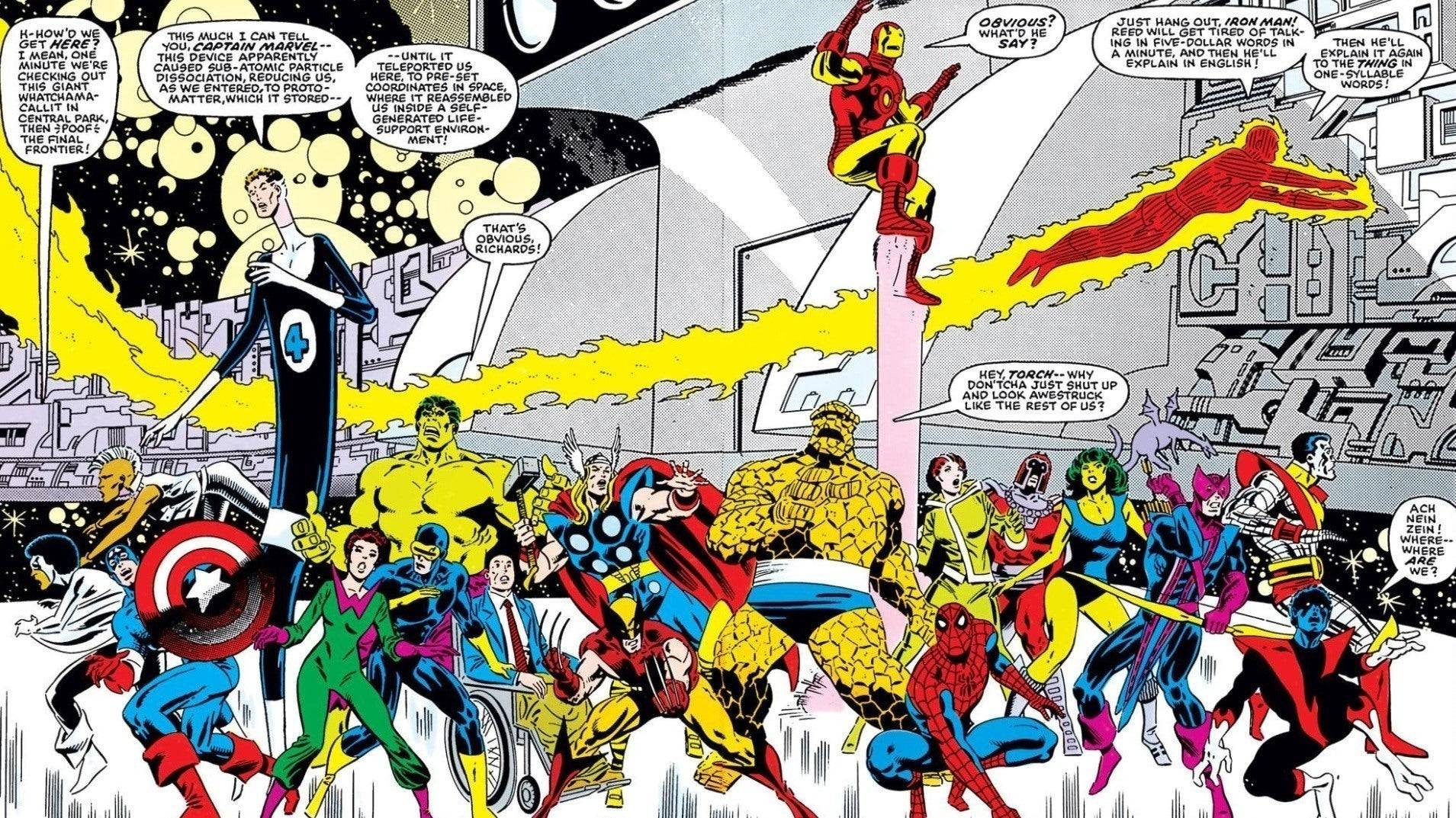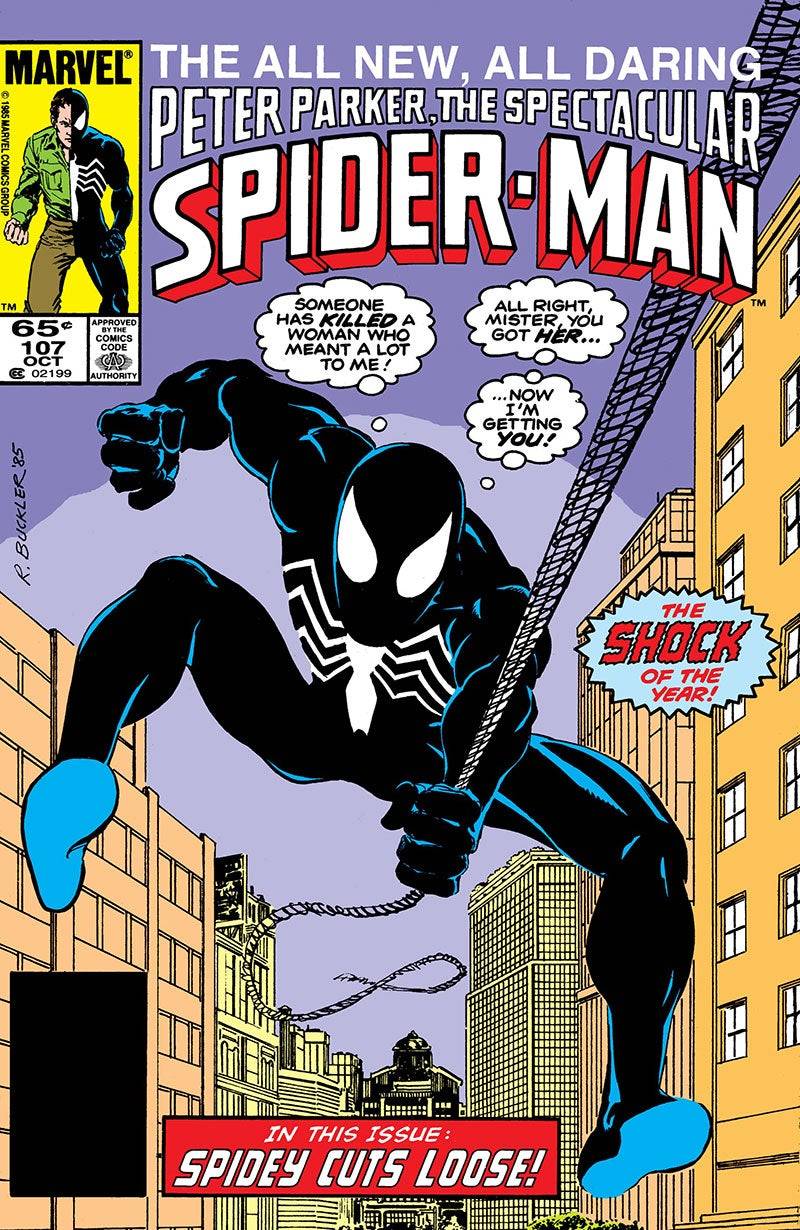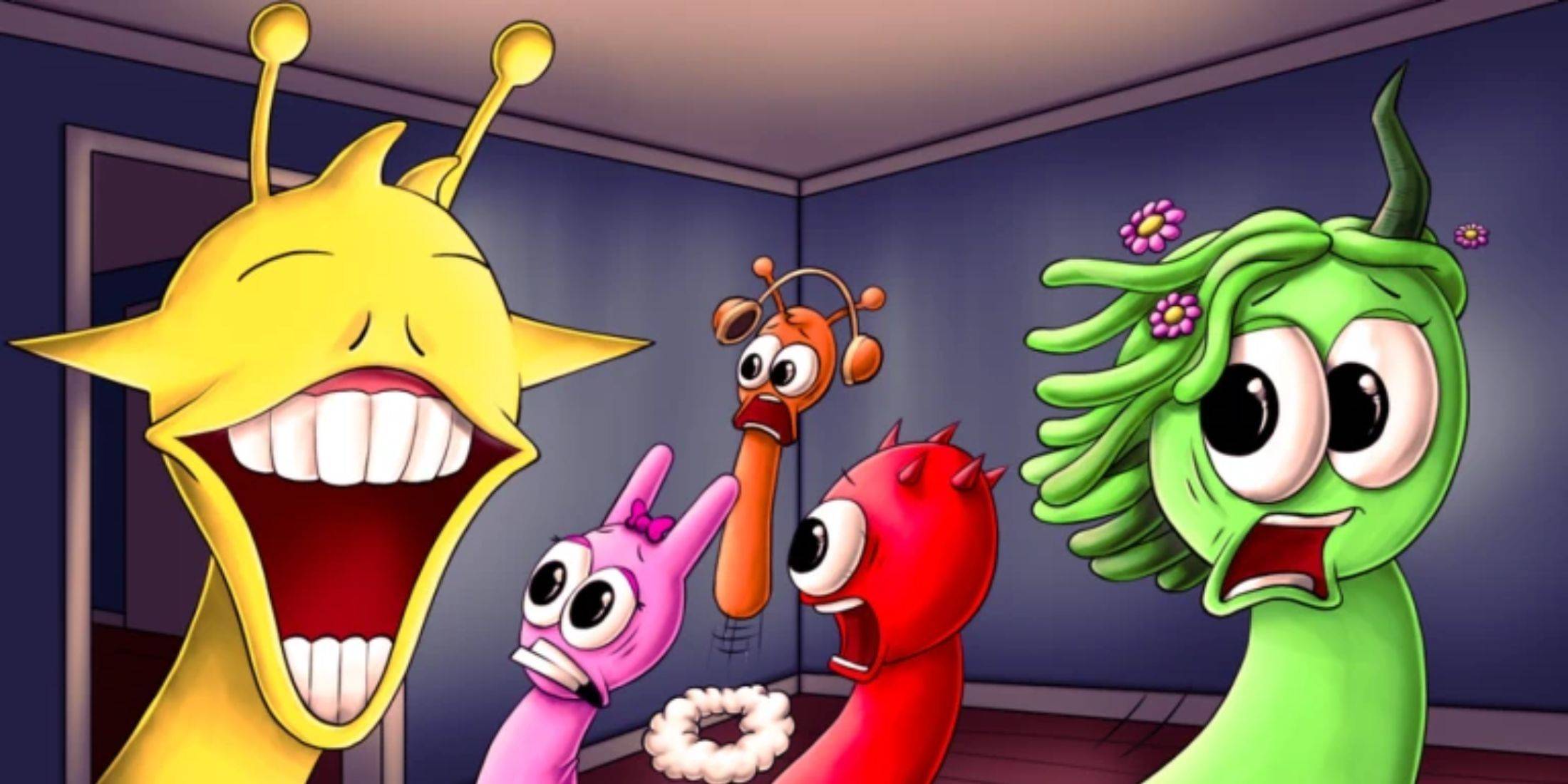The mid-1980s were a golden era for Marvel, both creatively and commercially. After overcoming the financial challenges of the late '70s, thanks in part to the success of Star Wars, Marvel was poised to revolutionize the comic industry with the launch of Secret Wars in 1984. This series had a profound impact on the Marvel universe and the comic industry as a whole, setting the stage for numerous new developments for Marvel's beloved heroes and villains.
This period also saw the release of other landmark stories such as Frank Miller’s Born Again arc in Daredevil, the return of Jean Grey in X-Factor, and Walt Simonson’s Surtur Saga in Thor, among others. In this installment, we'll delve into these transformative narratives and other significant stories from the same timeframe. Join us for Part 8 of our exploration into the essential issues of Marvel!
More Essential Marvel
- 1961-1963 - The Birth of a Universe
- 1964-1965 - The Sentinels Are Born and Cap Dethaws
- 1966-1969 - How Galactus Changed Marvel Forever
- 1970-1973 - The Night Gwen Stacy Died
- 1974-1976 - The Punisher Begins His War on Crime
- 1977-1979 - Star Wars Saves Marvel From Bankruptcy
- 1980-1982 - Did the Dark Phoenix Saga Usher in the Greatest Decade for Marvel?
Frank Miller's Born Again and Walt Simonson's Surtur Saga
For some of the most celebrated storylines of this era, look no further than Born Again. Frank Miller returned to writing Daredevil with this arc, spanning Daredevil #227-233, which many consider the definitive Daredevil story. Karen Page, in a desperate state, sells Daredevil's secret identity for heroin, which ultimately falls into the hands of the Kingpin. He uses this knowledge to systematically destroy Matt Murdock's life, leaving him homeless, jobless, and isolated. At his lowest point, Matt is rescued by his mother, a nun named Maggie, and his journey back to becoming Daredevil, alongside Kingpin's descent into fanaticism, creates a compelling narrative. This story was adapted into Season 3 of Netflix’s Daredevil and inspired the title of the Disney+ series Daredevil: Born Again.

Walt Simonson also left an indelible mark with his work on Thor. Starting with Thor #337 in 1983, Simonson introduced Beta Ray Bill, an alien worthy of wielding Mjolnir. His tenure on the title restored the mythic fantasy feel to Thor's stories, culminating in the epic Surtur Saga from #340-353. The saga follows the fire demon Surtur's quest to bring about Ragnarok with the Twilight Sword, sending Malekith the Accursed to battle Thor and delay him. The story concludes with Thor, Loki, and Odin united against Surtur in a monumental battle. Elements of this saga influenced the plots of Thor: The Dark World and Thor: Ragnarok.
Secret Wars Changes Comics Forever
As discussed in Part 4 of this series, the 1973 Avengers/Defenders War was a precursor to the event crossovers that became a staple of Marvel and DC's publishing strategy. This trend fully emerged with the release of Secret Wars in 1984, a 12-part miniseries crafted by then Editor-in-Chief Jim Shooter and artists Mike Zeck and Bob Layton. Conceived as a marketing tie-in with Mattel, the series features the Beyonder teleporting Marvel's heroes and villains to Battleworld to battle for supremacy. While the series is known for its large cast and significant impact on the Marvel universe, it has been critiqued for its lack of depth and character consistency. Despite these flaws, Secret Wars paved the way for Secret Wars II and influenced DC's Crisis on Infinite Earths, solidifying the event story model in comics.

Spider-Man’s Symbiote Suit and Other Iconic Spidey Stories
After the foundational runs by Stan Lee and Gerry Conway, Roger Stern revitalized Amazing Spider-Man starting with issue #224. His introduction of the Hobgoblin in #238 added a formidable new adversary to Spider-Man's rogues' gallery. Stern's departure after #251 left the villain's identity unrevealed, a plotline he later resolved in the 1997 miniseries Spider-Man: Hobgoblin Lives.
Simultaneously, Amazing Spider-Man #252 introduced Spider-Man's iconic black symbiote costume, which originated in Secret Wars #8. This costume's introduction sparked a significant storyline that led to the creation of one of Spider-Man's most popular villains. The symbiote saga has been adapted into various media, including Spider-Man 3, Spider-Man: The Animated Series, Spectacular Spider-Man, and Insomniac's Spider-Man 2.
Another pivotal story from this period is The Death of Jean DeWolff in Spectacular Spider-Man #107-110, penned by Peter David and Rich Buckler. This dark tale follows Spider-Man's pursuit of the Sin-Eater, who murdered his police ally Jean DeWolff, and his subsequent conflict with Daredevil over vengeance. It remains one of the most impactful and tonally different Spider-Man stories.

Jean Grey Returns, the Rise of Apocalypse, and Other Mutant Landmarks
The mid-1980s were also a significant time for Marvel's mutants. Vision and the Scarlet Witch #4 revealed Magneto as the father of Quicksilver and Scarlet Witch, a plot point that remained canon for decades until a 2015 retcon. X-Men #171 marked Rogue's transition from the Brotherhood of Evil Mutants to the X-Men, cementing her status as a beloved heroine. Similarly, X-Men #200 depicted Magneto's trial and his subsequent role as headmaster of Xavier's School for the Gifted, a storyline adapted in the second episode of X-Men ‘97.
The most notable mutant milestones of this era were Jean Grey's resurrection and the introduction of Apocalypse. After the Dark Phoenix Saga, Jean returned in a two-part story across Avengers #263 and Fantastic Four #286, with her memory of the Phoenix Force erased. This led to the formation of X-Factor with fellow original X-Men members. In X-Factor #5-6, Louise Simonson and Jackson Guice introduced Apocalypse, an ancient Egyptian mutant enhanced by Celestial technology, who became a major antagonist for the X-Men and a staple in various adaptations, including the 2016 film X-Men: Apocalypse.









![Taffy Tales [v1.07.3a]](https://imgs.xfsxw.com/uploads/32/1719554710667e529623764.jpg)











